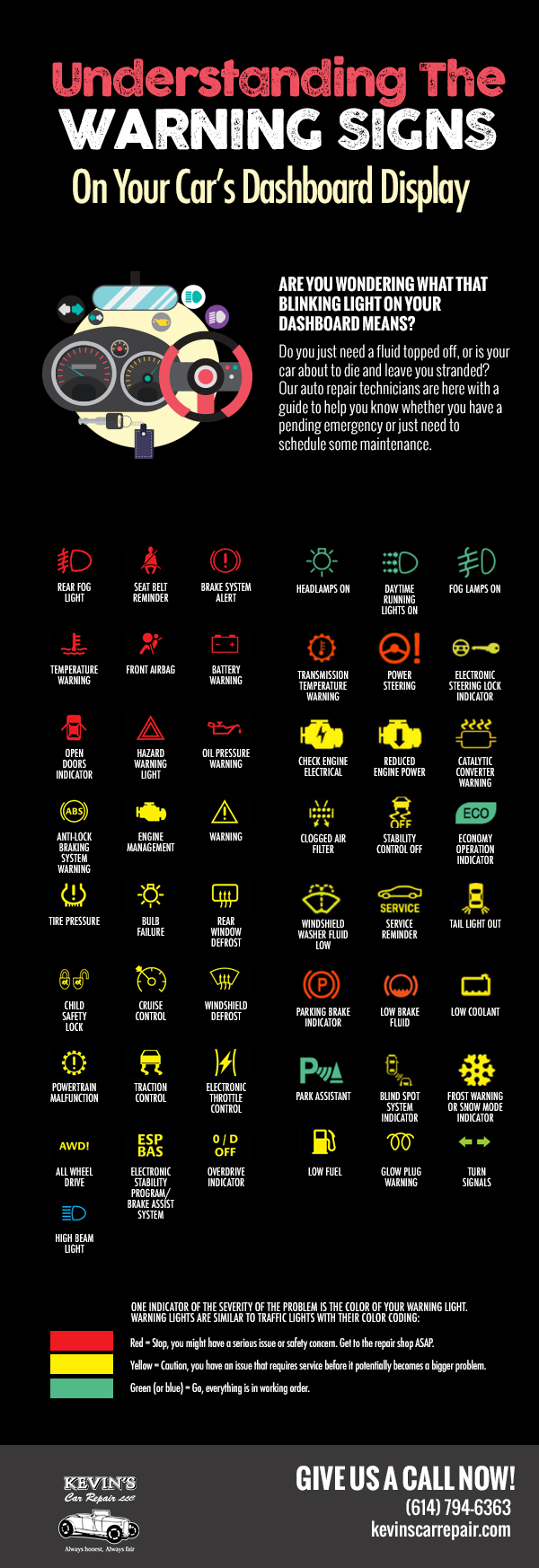Yet Exactly How Do You Attend To Mushy Brake Pedals? Discover The Solution Listed Below!
Yet Exactly How Do You Attend To Mushy Brake Pedals? Discover The Solution Listed Below!
Blog Article
Published By-Sharma Damborg
When it pertains to your automobile's brake system, understanding typical concerns can save you from potential safety and security hazards. From determining brake pad wear to resolving brake liquid leakages, understanding just how to deal with these troubles is crucial. Yet what about those spongy brake pedals? There's a fix for that too. Remain tuned to find out more regarding these issues and the practical solutions that can keep you safely when driving.
Brake Pad Put On and Substitute
When it involves keeping your vehicle's brake system, one critical element to keep an eye on is the wear and substitute of brake pads. Brake pads are essential components that push against the brake rotors to decrease or quit your lorry. With https://zanderlfaup.wizzardsblog.com/31159169/winterization-tips-obtaining-your-automobile-prepared-for-cold-weather-driving , these pads wear down due to rubbing, calling for regular examination and replacement to ensure your brakes function properly.
To determine if your brake pads need replacement, pay attention for shrieking or grinding noises when you use the brakes. Furthermore, if your automobile takes longer to quit or you observe vibrations or pulsations when stopping, it may be time to change the brake pads.
Overlooking used brake pads can cause decreased stopping performance, damage to various other brake components, or even brake failing.
Replacing brake pads is a relatively straightforward procedure for lots of lorries. Nevertheless, if you're uncertain or uneasy executing this job, it's best to seek advice from a specialist auto mechanic to make sure appropriate installation and optimum brake efficiency.
On elite auto repair inspecting and changing brake pads is important for your safety and the longevity of your vehicle's stopping system.
Brake Fluid Leaks and Maintenance
To guarantee your vehicle's brake system works ideally, it's important to likewise take note of brake liquid leaks and upkeep. Brake liquid is essential for transferring the force from your foot on the brake pedal to the real stopping device. One usual issue with brake fluid is leaks, which can happen due to deteriorated brake lines, seals, or connections. If you notice a pool or drips under your auto, it's essential to attend to the leak immediately to avoid a prospective brake failing.
Consistently examining your brake liquid level is essential to keeping your brake system. https://oil-change-near-me28395.fare-blog.com/31308994/discover-the-essential-elements-to-think-about-when-choosing-in-between-diy-vehicle-repair-services-or-hiring-a-professional-by-reading-this-handy-guide can result in air getting in the brake lines, which jeopardizes braking performance.
Furthermore, old or infected brake liquid can influence the general efficiency of your brakes. It's suggested to adhere to the manufacturer's standards on when to change the brake liquid, normally every 2 years.
Spongy Brake Pedal: Bleeding Brakes
If you have actually ever experienced a mushy brake pedal while driving, you comprehend the importance of maintaining a company and receptive stopping system. helpful site of a spongy brake pedal is air entraped in the brake lines. When air gets in the brake system, it can result in a loss of hydraulic stress, leading to that upsetting spongy sensation when you press the brake pedal.
To solve this concern, hemorrhaging the brakes is necessary. Hemorrhaging the brakes entails getting rid of the air from the brake lines to restore appropriate hydraulic stress.
To hemorrhage the brakes, you'll need an assistant to assist you. Begin by locating the brake bleeder valve on each wheel, commonly located near the brake caliper. With a wrench, loosen the shutoff and have your helper press the brake pedal while you observe any air bubbles appearing. Repeat this process for each and every wheel, beginning with the wheel farthest from the master cylinder and moving more detailed.
Once you no more see air bubbles and just clear fluid arises, tighten up the valve and top up the brake fluid tank as needed. Hemorrhaging the brakes helps make certain a company brake pedal and boosts overall braking efficiency.
Final thought
Now that you recognize common brake issues and just how to repair them, you can guarantee your automobile's safety and security and performance. Bear in mind to pay attention for warning signs like screeching noises or spongy brake pedals, and resolve them without delay. Regular maintenance and prompt replacements are key to maintaining your brakes in top condition. Keep proactive and alert to your brake system to appreciate safe and reputable driving experiences.
